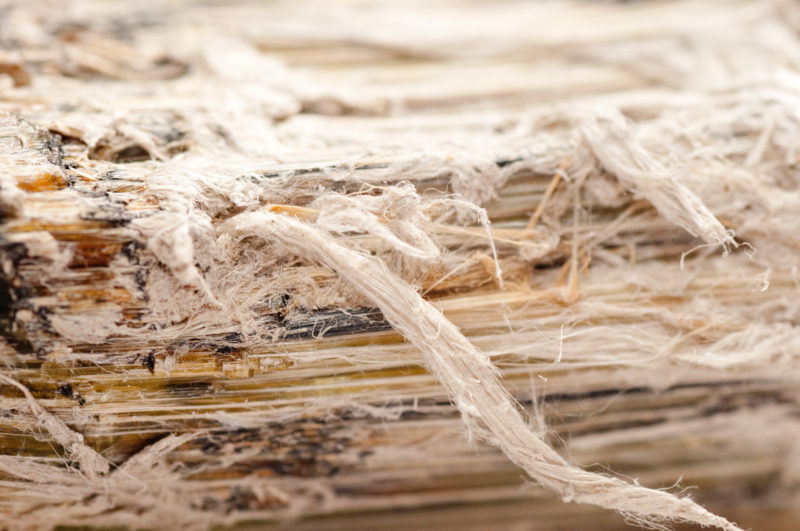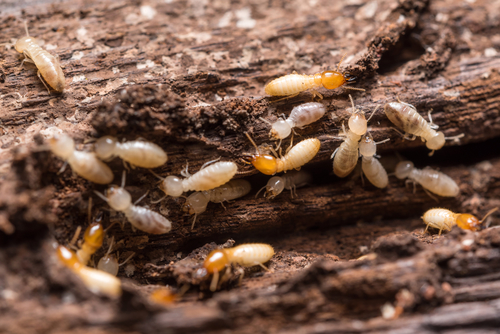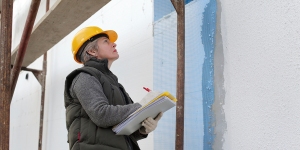Durable, fire-resistant, and an excellent insulating material, asbestos was known as a “magic mineral” and was a popular material used in building construction, until it several serious diseases were linked to the inhalation of asbestos fibers.
Scientific studies have definitely shown that asbestos is a carcinogen; it is the only known cause of mesothelioma, cancer that affects the lining of the lungs. Other lung diseases caused by asbestos are non-malignant pleural disease; asbestosis; and asbestos-related lung cancer.
In Melbourne, asbestos is typically present in homes and buildings that were constructed prior to 1990. The mineral can be found in the roofing, walls, insulation, flooring, pipes, and gutters. Asbestos fibers often become airborne when these areas are disturbed, such as during repair or renovation, and prolonged exposure is a serious health hazard. It is important, therefore, that inspection, testing, removal, and disposal of asbestos is done only by a highly qualified professional
.

The cost of asbestos removal will depend on a variety of factors:
- The type of material that contains asbestos. There are two types: friable, which is more dangerous and, therefore, costs more; and non-friable.
- How much asbestos needs to be removed.
- How long the job will take, which is determined by the amount and location of asbestos.
- Where the asbestos is present. Asbestos in structures that are outside the home or building is easier and less dangerous to remove and, therefore, the cost is lower; removing asbestos present indoors costs more. Removing asbestos from hard-to-reach areas, such as steep roofs, is also priced higher.
- If the asbestos to be removed is in the form of chunks, fibers, or loose dust. The most difficult to remove is loose dust and will cost more.





